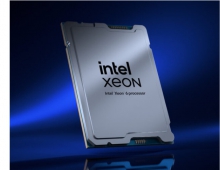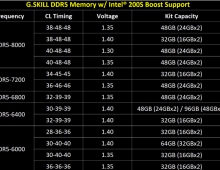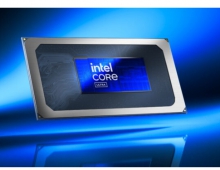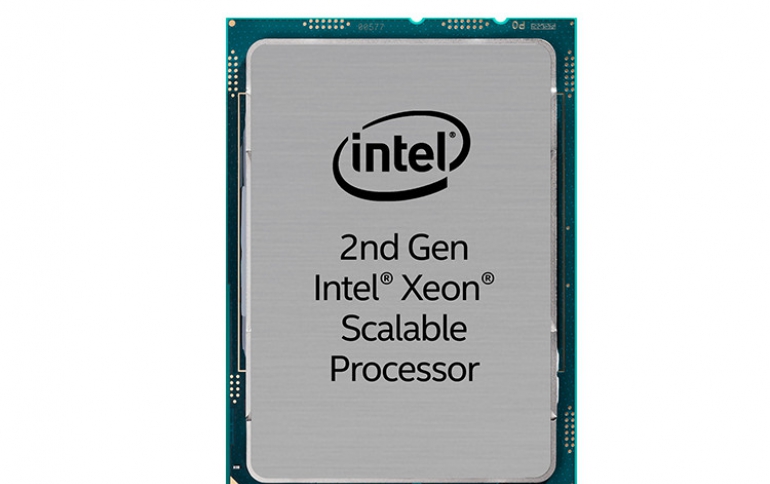
Intel Announces Portfolio for 5G Network Infrastructure, New 2nd Generation Xeon Scalable Platforms
Intel today made a sweeping set of hardware and software announcements, including the launch of the new Intel Atom P5900, a 10nm system-on-chip (SoC) for wireless base stations, and the 2nd Gen Intel Xeon Scalable Processor.
The Atom P5900 platform is the first Intel architecture-based 10nm SoC for wireless base stations. Intel now expects to be the leading silicon provider in base stations by 2021, a year earlier than first predicted.
As a highly integrated 10nm SoC, the Intel Atom P5900 is designed to meet 5G network needs, including high bandwidth and low latency. Intel is working with providers to deliver this product as part of their future solutions in market.
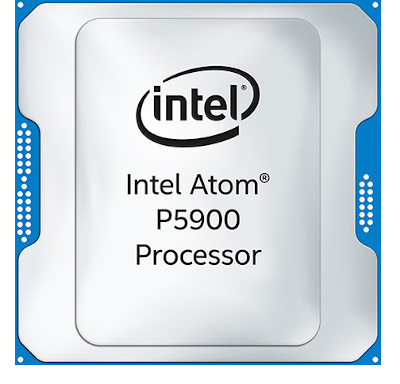
Intel says that the new 2nd Gen Intel Xeon Scalable processors launched today deliver an average of 36% more performance and an average of 42% more performance per dollar than the prior generation Intel Xeon Gold. In addition, Intel Xeon Scalable helps protect the integrity of the data and the platform with hardware-enhanced security and built-in encryption accelerators. In conjunction, Intel introduced 18 updated Select Solutions supporting these new processors across customer-prioritized workloads.
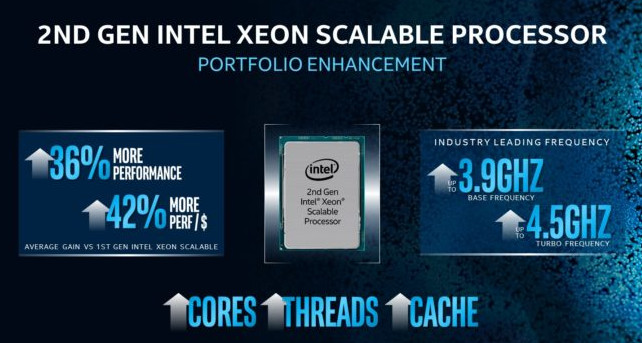
To deliver this level of performance and value, Intel says it has optimized these new server processors in several areas, including adding more cores, increasing cache sizes or by boosting processor frequency. The new processors — labeled with an “R,” “T” or “U” suffix — are designed for dual- and single-socket mainstream and entry-level server systems. The addition of more cores and increased cache in these processors are targeted at workloads where capacity-per-server is critical, such as virtualized clouds, hyper-converged infrastructure (HCI) and network function virtualization (NFV).

Intel also announced today two new processors (Intel Xeon Gold 6256 and 6250) that feature the industry’s highest server processor frequency, delivering a base and turbo frequency up to 3.9 GHz and 4.5 GHz, respectively. These high-frequency processors are optimized for workloads that scale with clock frequency, such as financial trading, simulation and modeling, high-performance computing, and databases.
The new 2nd Gen Intel Xeon Scalable processors target three use cases:
- Intel Xeon Gold 6200 processors deliver up to 4.5 GHz processor frequency with Intel Turbo Boost Technology and up to 33% more processor cache, offering performance for frequency-fueled workloads.
- Intel Xeon Gold 6200R and 5200R processors combine higher base and Intel Turbo Boost Technology frequencies, in addition to increased processor cache.
- Intel Xeon Gold 6200U, Silver 4200R, Sliver 4210T and Bronze 3200R processors deliver increased value for single-socket entry-level servers, as well as edge, networking and internet of things (IoT) usages.
Today’s Intel Xeon Scalable processors remain the only mainstream server processor with built-in artificial intelligence (AI) acceleration, with Intel DL Boost technology and with support for Intel Optane persistent memory.
Intel also inctroduced the “Diamond Mesa,” the company's first next-generation structured ASIC for 5G network acceleration.

“Diamond Mesa” (code name) is designed to complement Intel’s portfolio of processors and FPGAs delivering high performance and low latency required for 5G networks. Structured ASICs like Diamond Mesa provide a minimum-risk optimization path for workloads that do not require the full programmability of FPGAs, targeting double the performance efficiency versus the prior generation.
In addition, Intel introduced the Ethernet 700 Series Network Adapter. The Ethernet 700 series (code-named “Edgewater Channel”) is Intel’s first 5G-optimized network adapter, offering GPS-based cross-network service synchronization with hardware-enhanced Precision Time Protocol (PTP). Latency requirements across 5G network implementations have challenged existing Ethernet technology, especially in edge servers. Maintaining accurate time synchronization across the network at a cost-effective price point, however, is one avenue to help address application latency. The Ethernet 700 series adapter increases the timing precision required for 5G networks through a combination of hardware and software enhancements. The Edgewater Channel is sampling now and will enter production in 2020’s second quarter.

New Software Investments
Intel expands its computing software toolkits with new capabilities integrated into the Open Network Edge Services Software (OpenNESS) toolkit. OpenNESS now supports standalone 5GNR and Enhanced Platform Awareness (EPA) deployments, giving Intel's customers the flexibility to easily deploy their choice of cloud-native edge microservices. Intel is delivering customized OpenNESS experience kits to accelerate custom 5G deployments. OpenNESS complements Intel’s OpenVINO and Open Visual Cloud for edge computing development needs.
Intel has announced strategic collaborations with Altiostar, Dell, Deutsche Telecom, HPE, Lenovo, QCT, Rakuten, VMware and ZTE to advance network infrastructure capability and speed edge solutions in the market.



